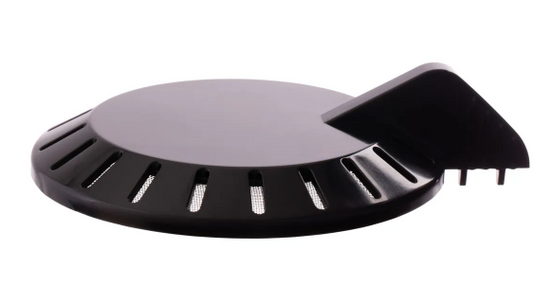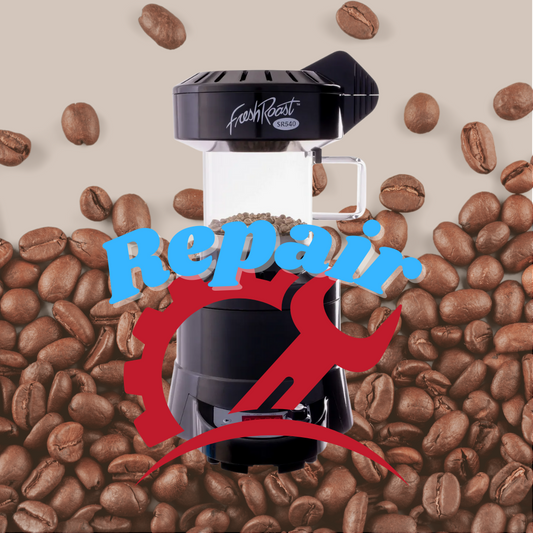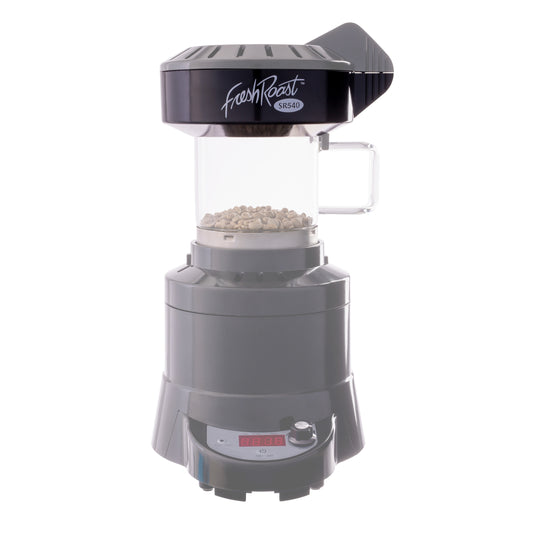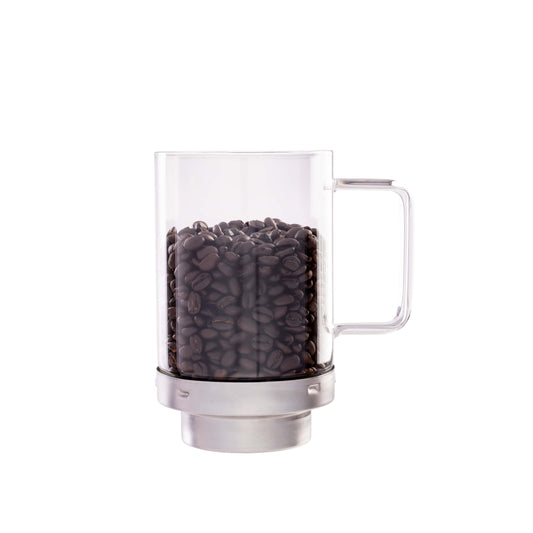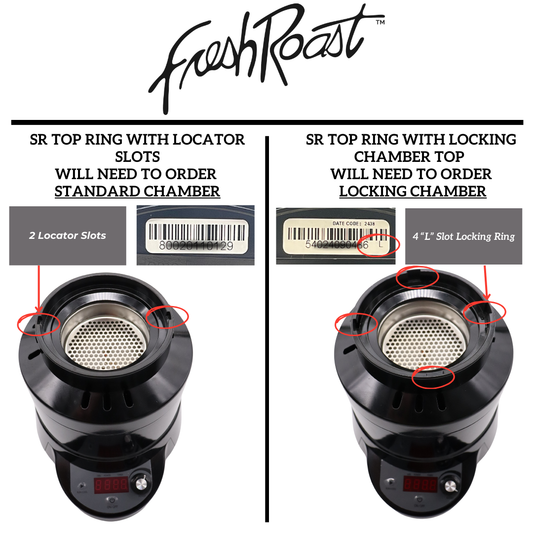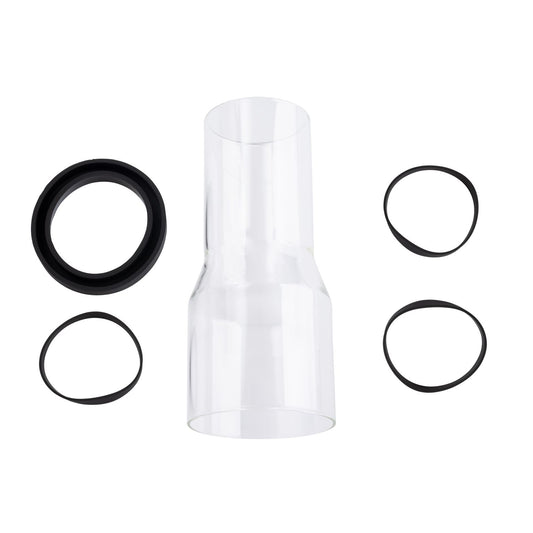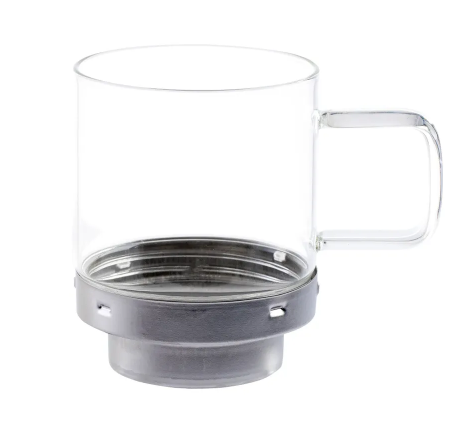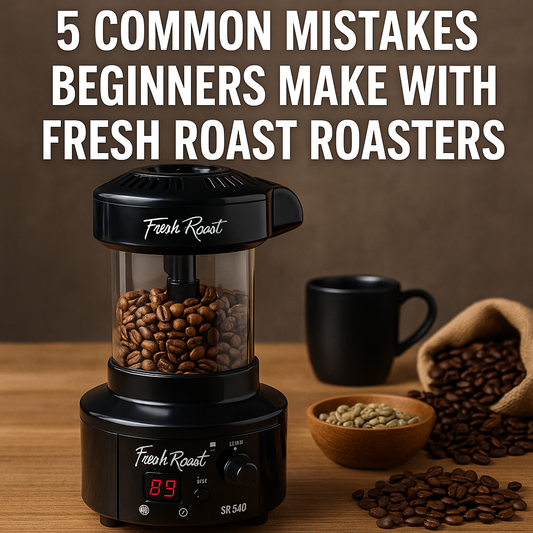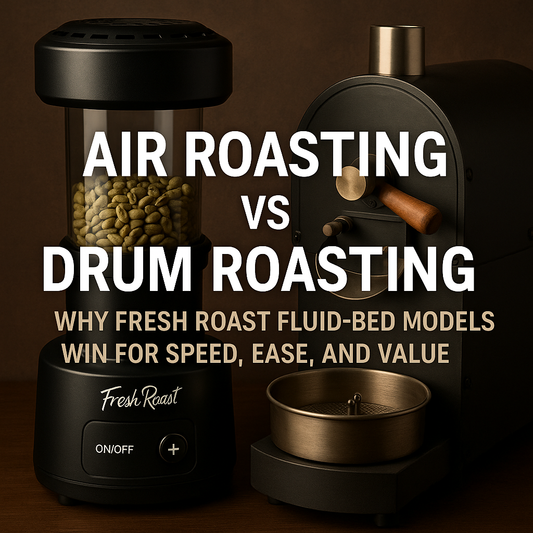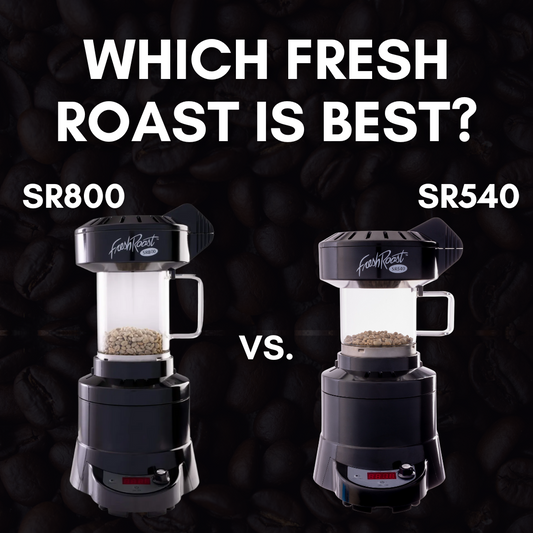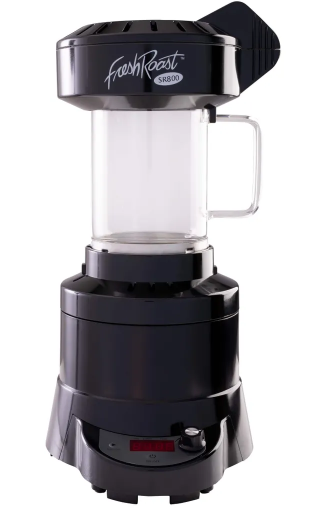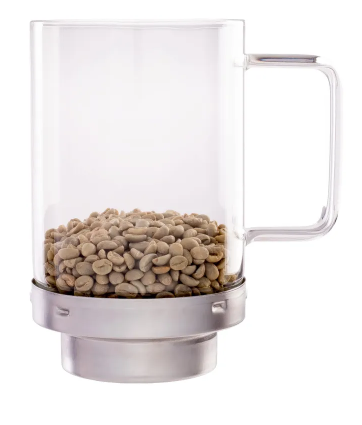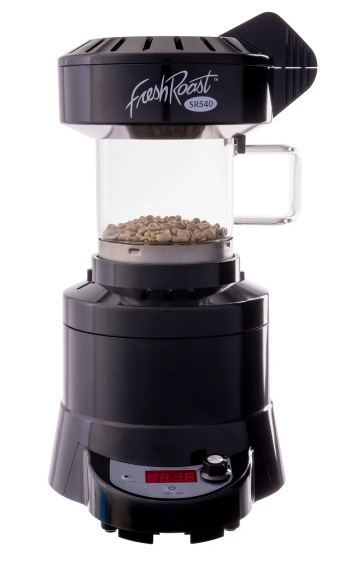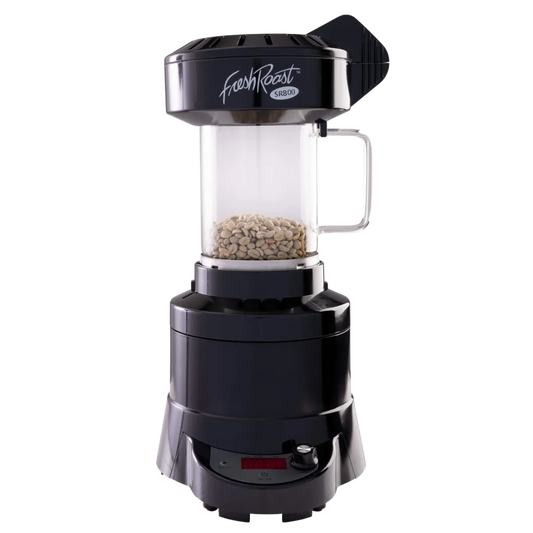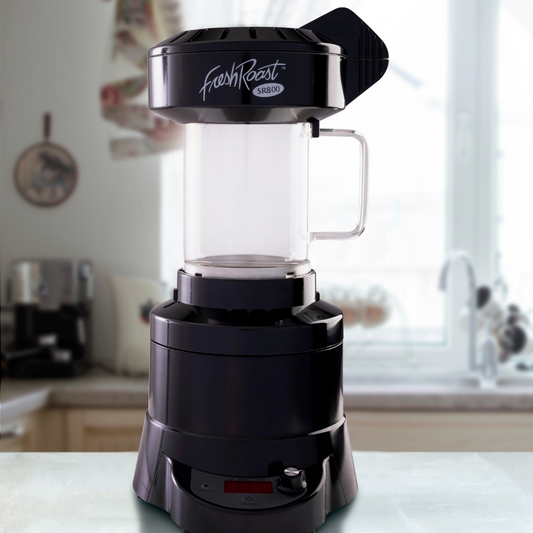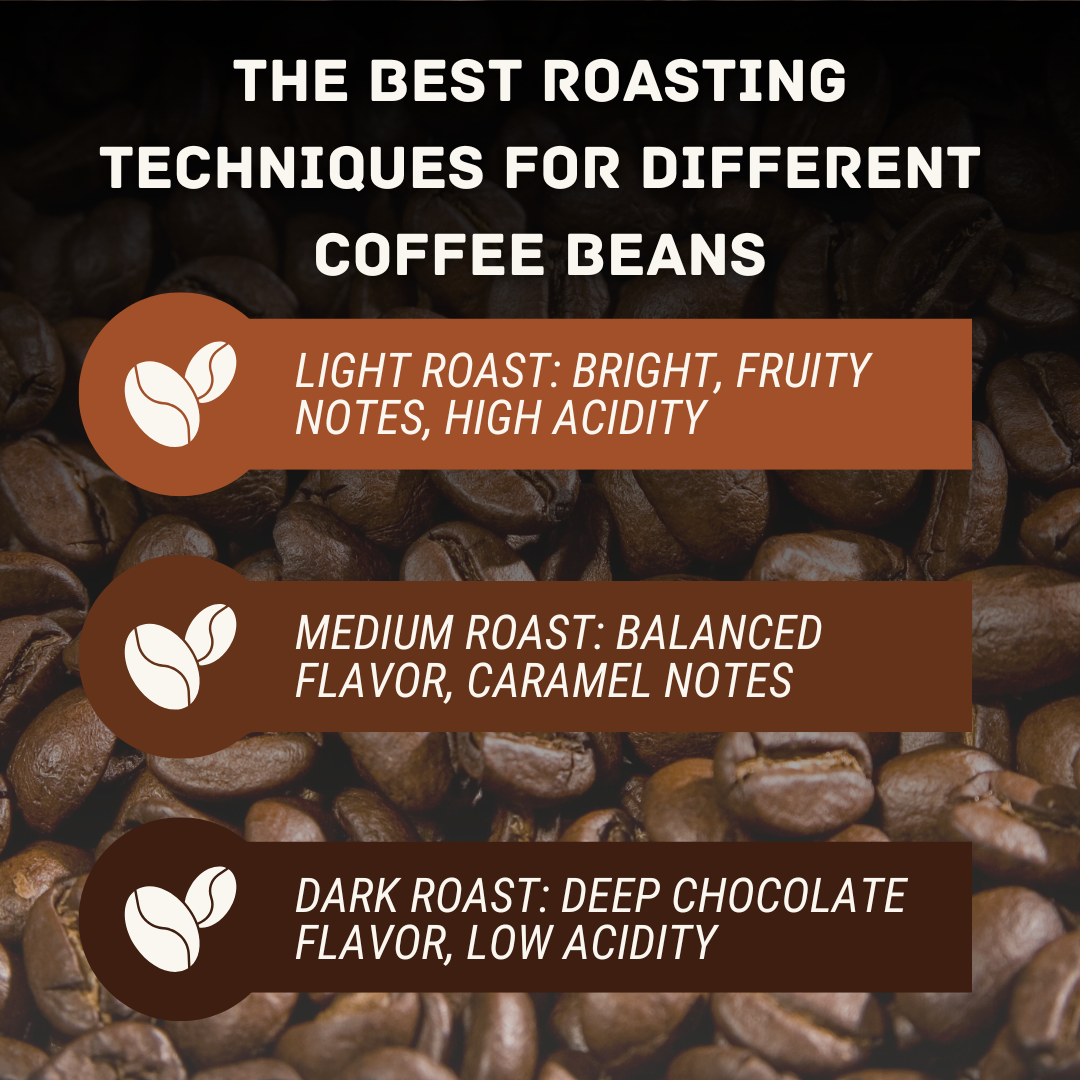
The Best Roasting Techniques for Different Coffee Beans: Light, Medium, and Dark Roasts
Roasting coffee is an art form that transforms green beans into complex flavors with endless variations. Whether you prefer the bright notes of a light roast or the deep richness of a dark roast, choosing the right technique for each roast level can bring out the best in every bean. In this guide, we’ll break down the best roasting techniques for light, medium, and dark roasts, helping you achieve perfection in every cup.
Takeaways:
Light roast coffee beans |
Targets readers interested in the unique qualities and techniques for lighter roasts. |
Medium roast coffee |
Focuses on the most popular roast level and its specific roasting techniques and benefits. |
Dark roast coffee |
Attracts audiences who enjoy robust, full-bodied coffee flavors and want to learn the ideal roasting approach. |
Coffee roasting techniques |
Covers the core of the blog topic, linking to common roasting methods and best practices. |
First crack vs. second crack |
Educates readers on the different stages in roasting, especially as they relate to light, medium, and dark roasts. |
Home roasting guide |
Provides insight into at-home roasting methods for various roast levels. |
Light vs. dark roast flavor |
Emphasizes flavor differences in roast profiles, offering valuable info for readers deciding between roast levels. |
The Art of Roasting Coffee Beans
The roasting process is where coffee beans develop their flavor, aroma, and unique profile. From bright, acidic notes in light roasts to the bold, smoky qualities of dark roasts, the way you roast coffee significantly impacts its final flavor. But not all beans roast the same way. Depending on whether you’re aiming for a light, medium, or dark roast, different roasting techniques can help you unlock the best flavor each level offers.
Understanding the Coffee Roasting Levels
Roasting coffee typically involves heating green coffee beans until they reach various levels of roast, often classified as light, medium, and dark. Here’s what to expect from each:
-
Light Roast: Known for its higher acidity and bright flavors, light roast coffee maintains much of the original character of the coffee bean. This roast level is often preferred for beans with complex, fruity, or floral notes.
-
Medium Roast: Medium roast strikes a balance between acidity and body, with sweeter, more balanced flavors. This is often considered the most versatile roast level and is widely popular among coffee lovers.
-
Dark Roast: With deeper, bolder flavors, dark roast coffee is marked by its low acidity and often has notes of chocolate or toasted flavors. These beans are roasted longer, bringing out the body of the coffee.
Best Roasting Techniques for Each Roast Level
-
Light Roast Techniques
-
Temperature and Timing: Light roasting usually occurs between 356°F and 401°F and is stopped right after the “first crack”—a sound that signals the beans have begun to expand and release steam.
-
Preferred Methods: A fluid bed roaster or popcorn popper is ideal for light roasts, as they circulate hot air evenly, preventing beans from over-roasting.
-
Flavor Focus: For beans known for their natural acidity or fruity notes, a shorter roast time at lower temperatures helps to retain these flavors.
For a detailed guide on how to master the light roast at home, check out our full tutorial.
-
-
Medium Roast Techniques
- Temperature and Timing: Medium roasting generally reaches temperatures of around 410°F to 428°F, typically just before the second crack, where beans emit a second popping sound as oils start to appear.
- Preferred Methods: Drum roasters, which use a rotating drum for even heat distribution, are popular for medium roasts, as they allow the beans to develop deeper flavors without over-roasting.
- Flavor Focus: Medium roasts are known for their balanced flavor profiles, so this method is ideal for beans that benefit from caramelization without losing acidity.
Discover the best practices for achieving the perfect medium roast at home.
-
Dark Roast Techniques
- Temperature and Timing: Dark roasting requires higher temperatures, usually between 464°F and 482°F, and beans are roasted past the second crack, allowing oils to surface and flavors to deepen.
- Preferred Methods: Dark roasts work well in drum roasters or stovetop roasters where the beans can reach higher temperatures without charring. The slower roasting process helps develop rich, smoky flavors.
- Flavor Focus: If you enjoy bold, full-bodied coffee, dark roasts bring out those rich, toasted, and chocolatey notes in your coffee beans.
For tips on getting a rich, robust dark roast, see our step-by-step guide.
Tips for Roasting Coffee Beans at Home
Roasting your coffee beans at home provides you with greater control over flavor and freshness, letting you customize the roast to your taste. Here are some additional tips for each roast level:
- Monitoring Cracks: Pay attention to the “first” and “second crack” during roasting. Light roasts generally stop at the first crack, while dark roasts continue through the second crack for fuller flavors.
- Cooling the Beans: Quickly cool your beans after roasting to prevent them from cooking further and changing their flavor.
- Experimenting with Profiles: Different beans can reveal unique flavors at different roast levels. Don’t hesitate to experiment with beans from various origins to see how roast levels impact taste.
FAQs
1. What’s the difference in caffeine levels between light, medium, and dark roasts? Contrary to popular belief, roasting time does not significantly impact caffeine levels. The difference in caffeine between light, medium, and dark roasts is minimal, with each roast level retaining nearly the same amount.
2. How do I know when my beans reach the light, medium, or dark roast? You can distinguish roast levels by color, aroma, and listening for the “cracks.” Light roasts are stopped after the first crack, medium just before or at the start of the second crack, and dark roasts go past the second crack.
3. Which roast level is best for espresso? Espresso is commonly associated with dark roasts, but medium roasts are also popular for espresso as they balance acidity with depth. Try both to see which you prefer in your espresso!
4. Do dark roasts contain more oils than lighter roasts? Yes, dark roasts often have more visible oils on the surface due to extended roasting, which brings oils to the surface and deepens flavors.
5. Can I roast coffee beans without special equipment? Yes! You can use simple methods like a stovetop pan or an oven for home roasting, though dedicated coffee roasters offer more consistent results.
Choosing the right roasting technique for light, medium, or dark coffee beans can elevate your at-home coffee experience, helping you unlock the unique flavor potential of each roast level. By following the best practices outlined here, you’ll be well on your way to mastering each roast type, from bright, acidic light roasts to rich, bold dark roasts.
Sources:
- Perfect Daily Grind - The Difference Between Roast Levels.
- National Coffee Association - Home Coffee Roasting Tips.
- Blue Bottle Coffee - What Does a Dark Roast Mean?.
- Harvard School of Public Health - Health Effects of Coffee.
- Home Grounds - Mastering the Light Roast at Home.
